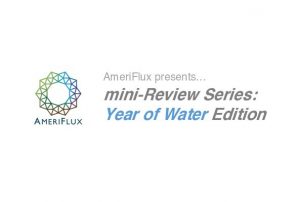1. Contrasting long-term temperature trends reveal minor changes in projected potential evapotranspiration in the US Midwest
By Bruno Basso et al. (https://doi.org/10.1038/s41467-021-21763-7)
“From historical summer climate trends of the Midwest, U.S., the authors found a net decrease in atmospheric dryness (VPD) and potential evapotranspiration, suggesting that crop water deficits have likely become less frequent in the regions despite the warming climate.”
2. Response of global land evapotranspiration to climate change, elevated CO2, and land use change
By Jianyu Liu et al. (https://doi.org/10.1016/j.agrformet.2021.108663)
“The authors evaluated spatiotemporal patterns of the impacts of climate change (CLI), land use change (LUC), and elevated atmospheric CO2 concentration (CO2) on the trends of evapotranspiration by integrating multiple ecosystem models and global climate models. In general, CLI was the dominant factor controlling ET change (mainly driven by precipitation), followed by CO2 and LUC.”
3. A novel approach to partitioning evapotranspiration into evaporation and transpiration in flooded ecosystems
By Elke Eichelmann et al. (https://doi.org/10.1111/gcb.15974)
“The study introduces a novel evapotranspiration (ET) partitioning method, which is especially useful for flooded ecosystems where the contribution of evaporation (E) is large. The model is developed by using artificial neural networks (ANNs) to predict daytime E from nighttime ET.”






No Comments
Be the first to start a conversation